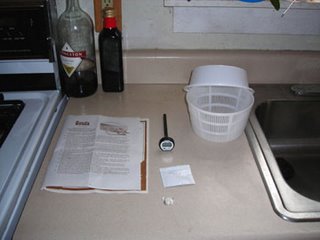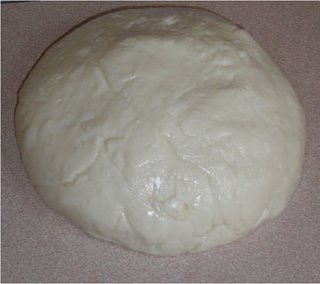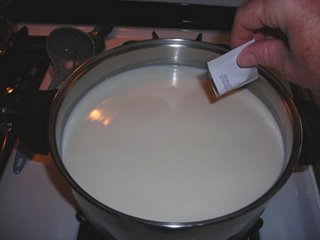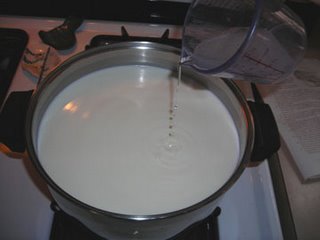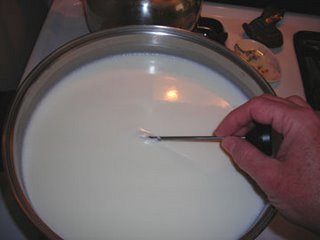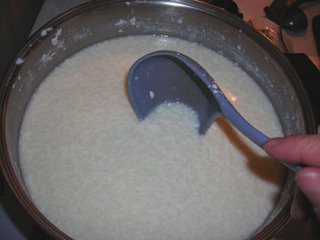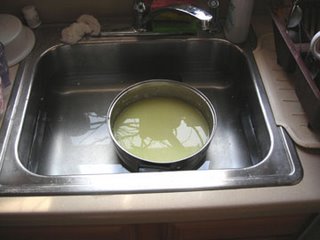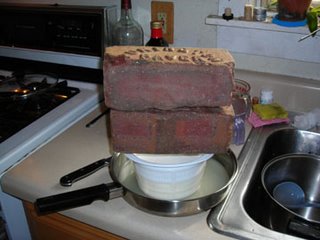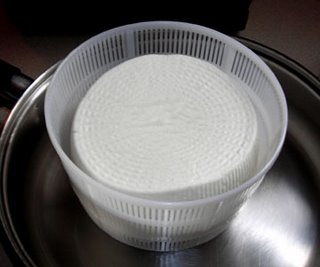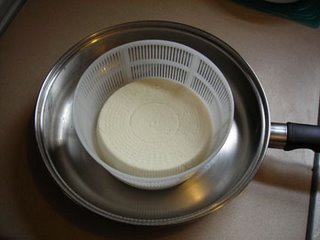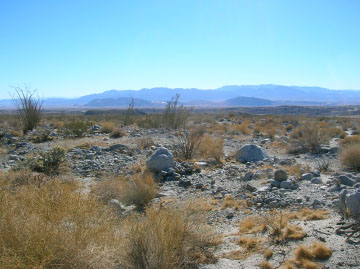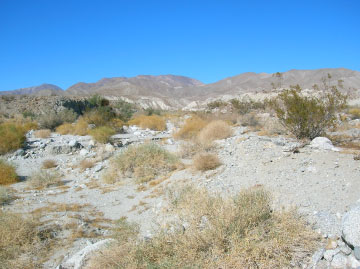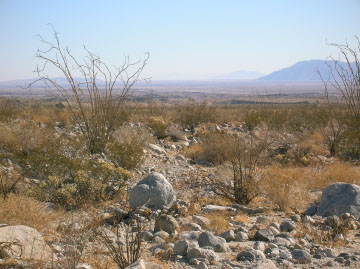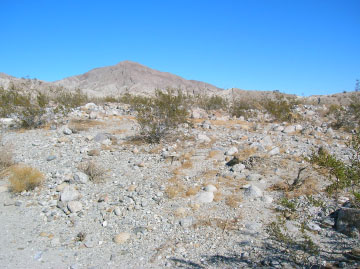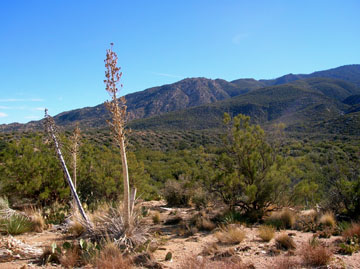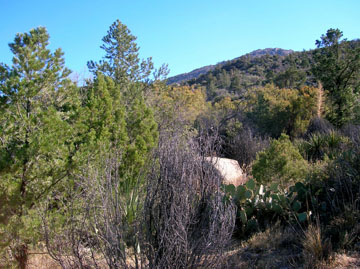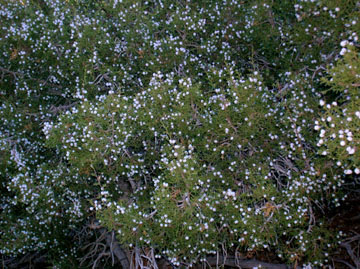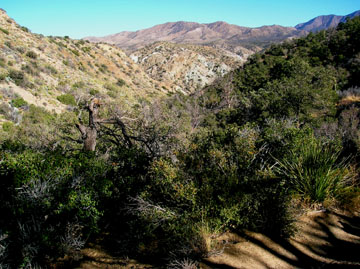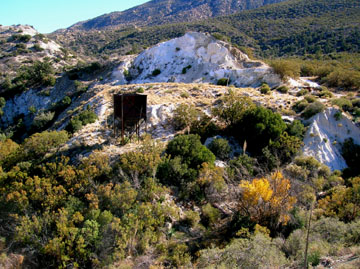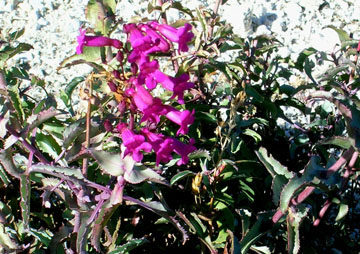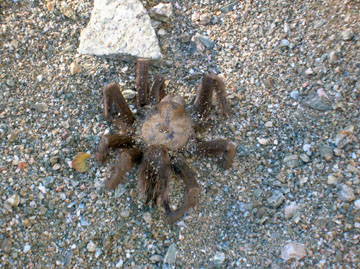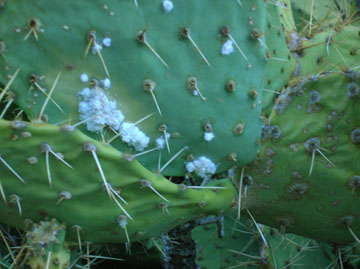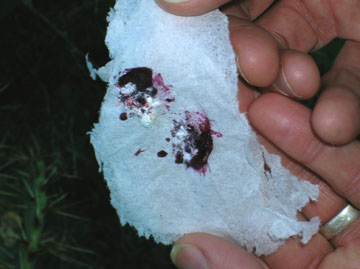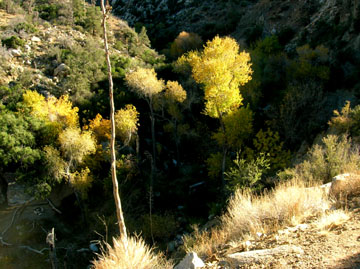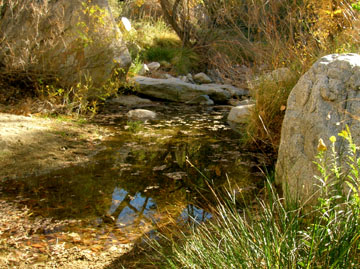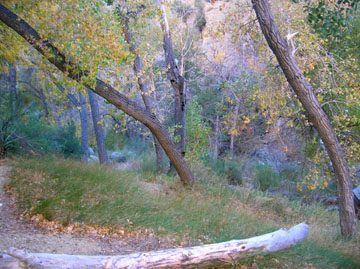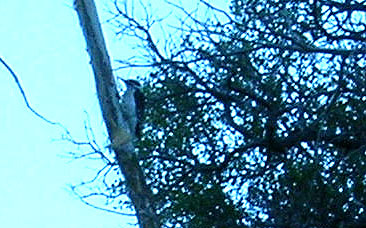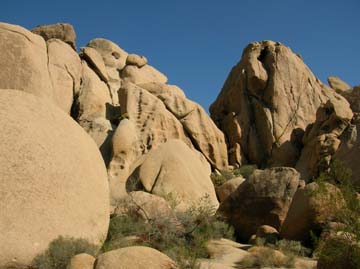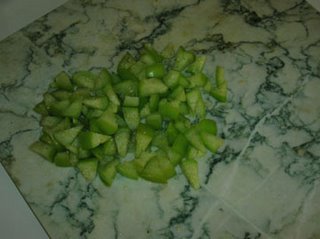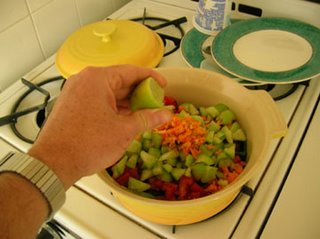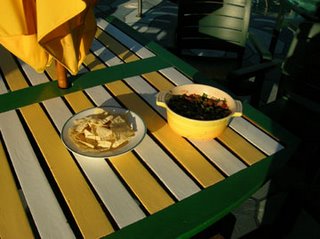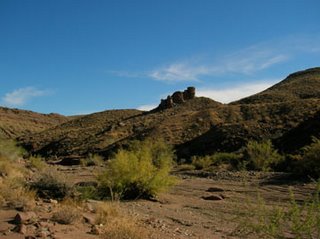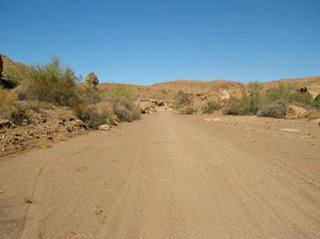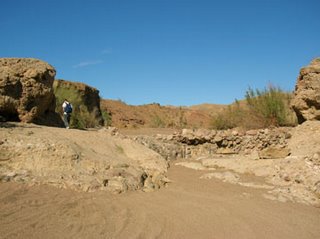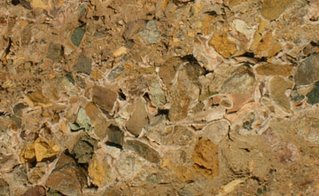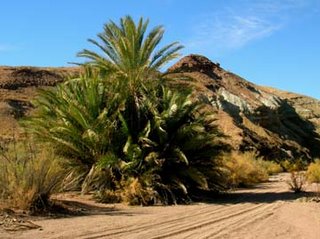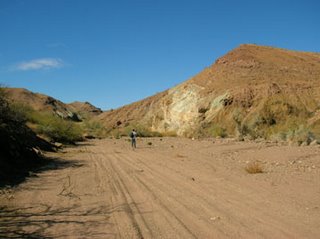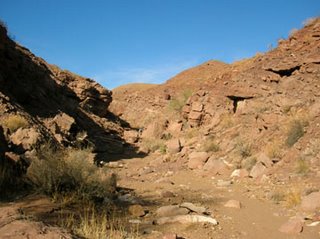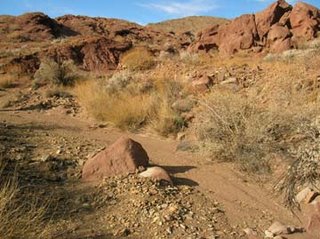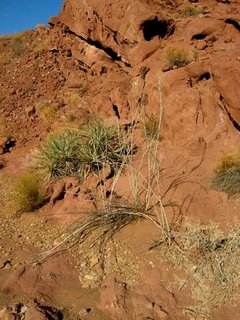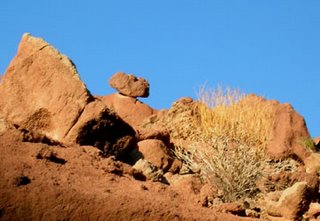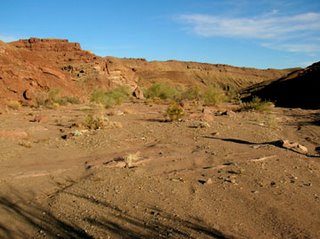This comes via
Altivo. Instructions for the meme are:
This is a list of the 50 most significant science fiction/fantasy novels, 1953-2002, according to the Science Fiction Book Club. Bold the ones you've read, strike-out the ones you hated, italicize those you started but never finished and put an asterisk beside the ones you loved.
I have maintained Altivo's convention of double starring particular favorites. I couldn't figure out how to make Blogger do a strikethrough, so ones that I didn't like are marked with a frownie.
1. The Lord of the Rings, J.R.R. Tolkien* 2. The Foundation Trilogy, Isaac Asimov 3. Dune, Frank Herbert4. Stranger in a Strange Land, Robert A. Heinlein 5. A Wizard of Earthsea, Ursula K. Le Guin 6. Neuromancer, William Gibson7. Childhood's End, Arthur C. Clarke**8. Do Androids Dream of Electric Sheep?, Philip K. Dick*9. The Mists of Avalon, Marion Zimmer Bradley
10. Fahrenheit 451, Ray Bradbury**11. The Book of the New Sun, Gene Wolfe
12. A Canticle for Leibowitz, Walter M. Miller, Jr.
13. The Caves of Steel, Isaac Asimov
14. Children of the Atom, Wilmar Shiras
15. Cities in Flight, James Blish16. The Colour of Magic, Terry Pratchett 17. Dangerous Visions, edited by Harlan Ellison
18. Deathbird Stories, Harlan Ellison
19. The Demolished Man, Alfred Bester
20. Dhalgren, Samuel R. Delany 21. Dragonflight, Anne McCaffrey
22. Ender's Game, Orson Scott Card :(23. The First Chronicles of Thomas Covenant the Unbeliever, Stephen R. Donaldson
24. The Forever War, Joe Haldeman
25. Gateway, Frederik Pohl
26. Harry Potter and the Philosopher's Stone, J.K. Rowling27. The Hitchhiker's Guide to the Galaxy, Douglas Adams28. I Am Legend, Richard Matheson
29. Interview with the Vampire, Anne Rice
30. The Left Hand of Darkness, Ursula K. Le Guin** 31. Little, Big, John Crowley*32. Lord of Light, Roger Zelazny*33. The Man in the High Castle, Philip K. Dick
34. Mission of Gravity, Hal Clement
35. More Than Human, Theodore Sturgeon
36. The Rediscovery of Man, Cordwainer Smith
37. On the Beach, Nevil Shute
38. Rendezvous with Rama, Arthur C. Clarke39. Ringworld, Larry Niven*40. Rogue Moon, Algis Budrys
41. The Silmarillion, J.R.R. Tolkien 42. Slaughterhouse-5, Kurt Vonnegut
43. Snow Crash, Neal Stephenson**44. Stand on Zanzibar, John Brunner
45. The Stars My Destination, Alfred Bester46. Starship Troopers, Robert A. Heinlein :(47. Stormbringer, Michael Moorcock
48. The Sword of Shannara, Terry Brooks :(49. Timescape, Gregory Benford
50. To Your Scattered Bodies Go, Philip Jose Farmer
Like Altivo, I also noticed some things that I would have placed on the list. No
Lathe of Heaven? No
The City and the Stars? Oh, well, it's still a pretty good list. I was surprised to see that I had read just under half of the entries.
